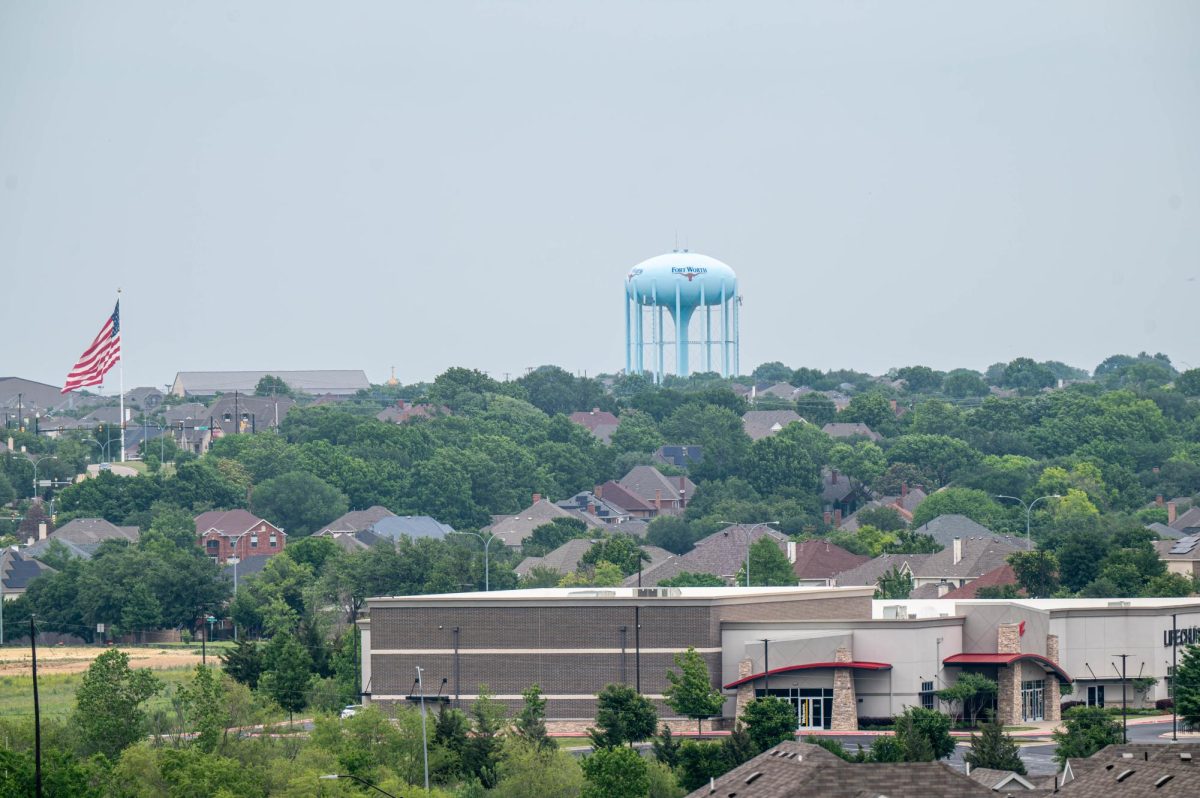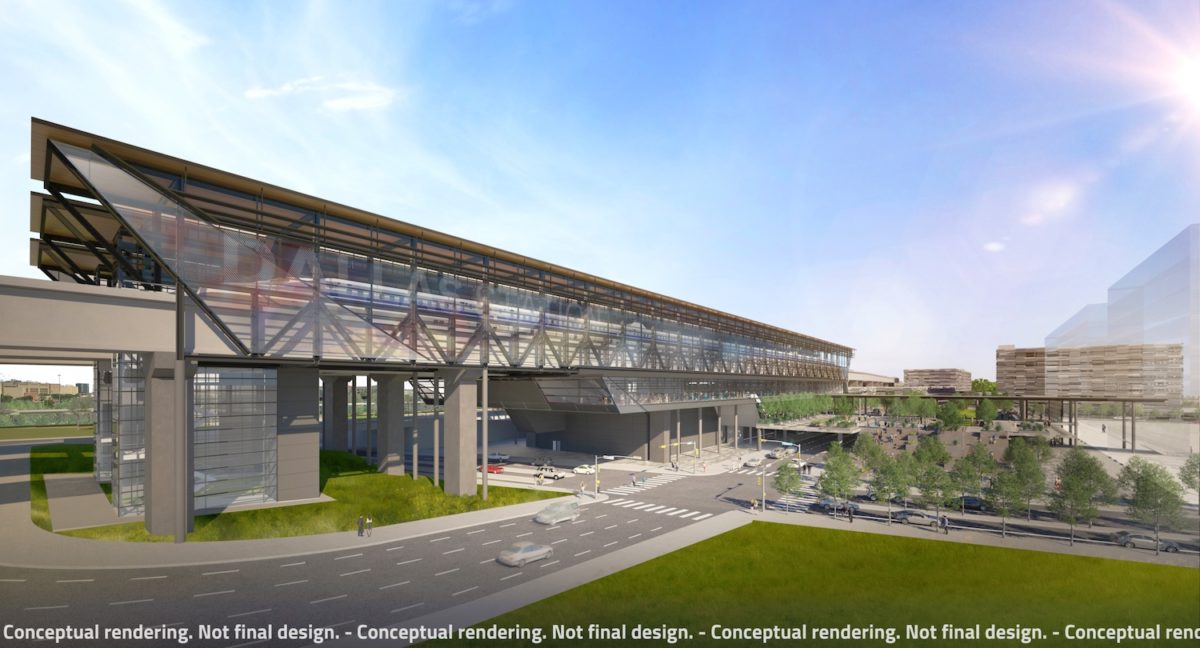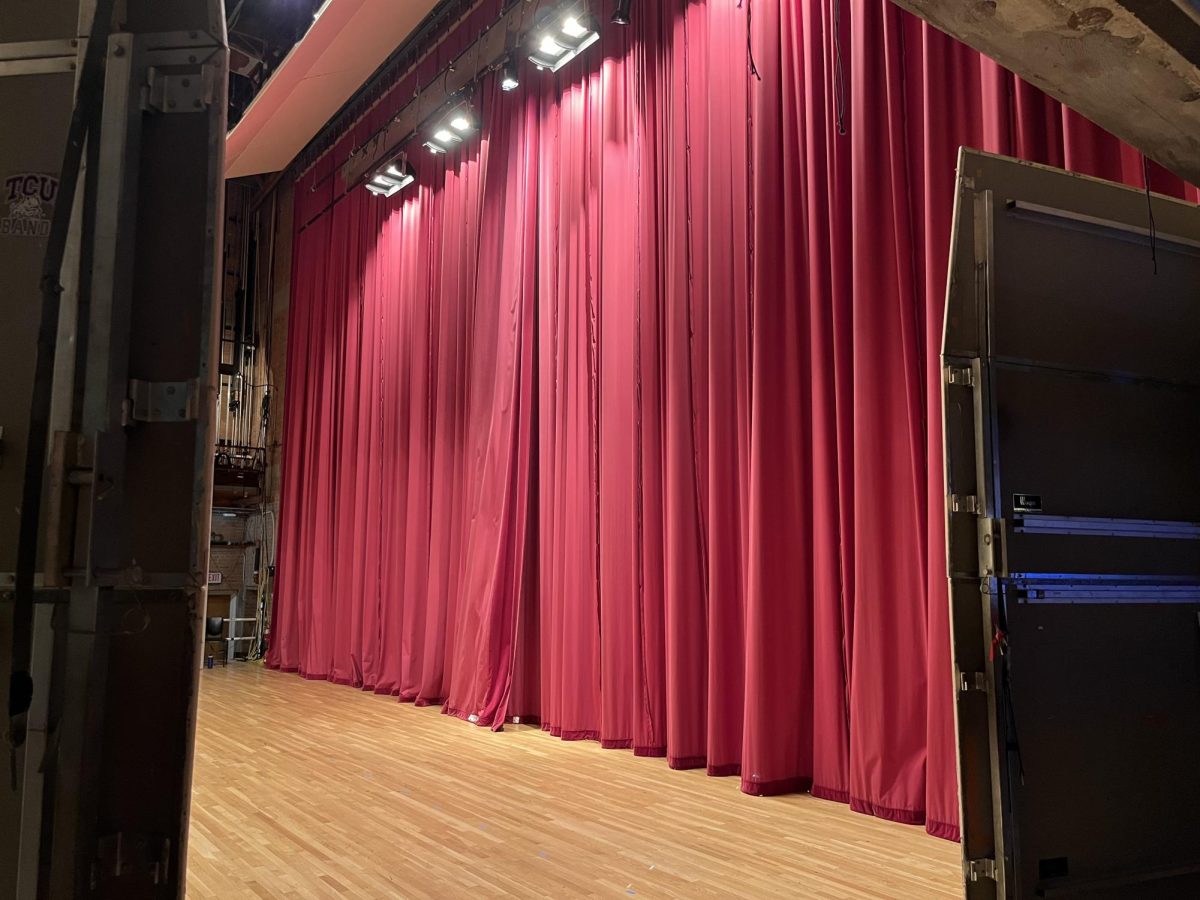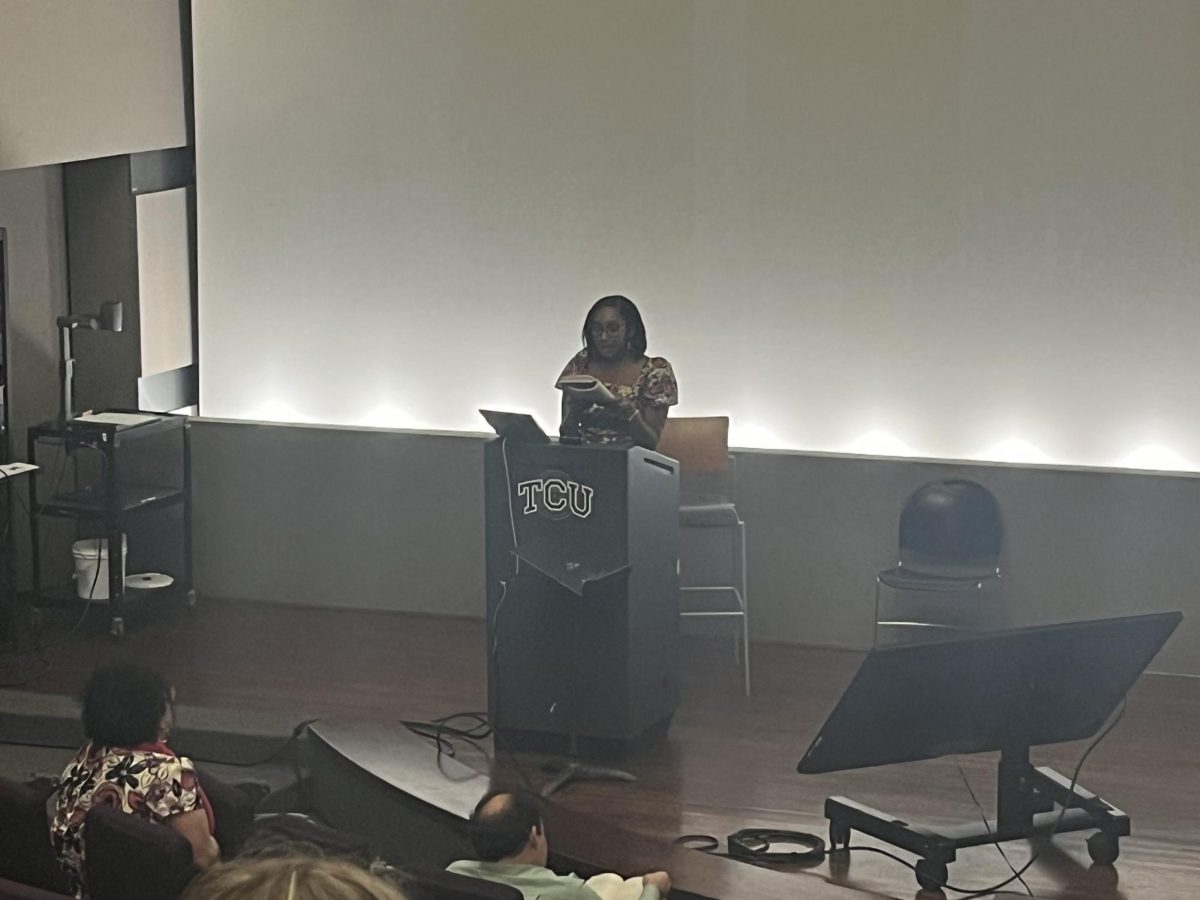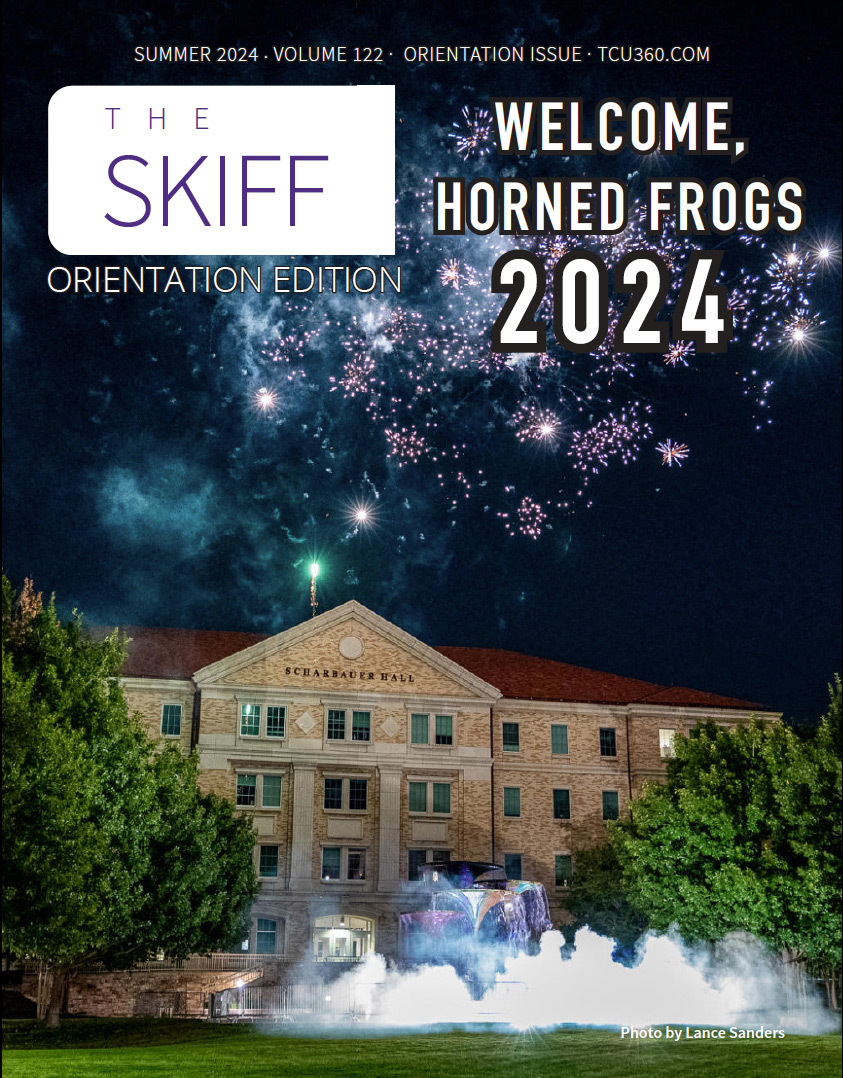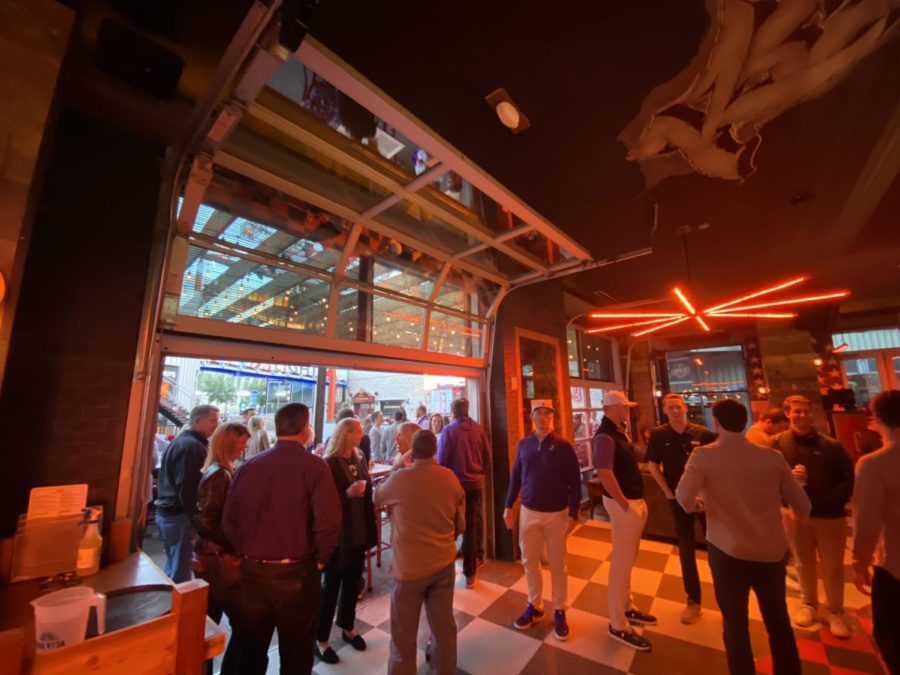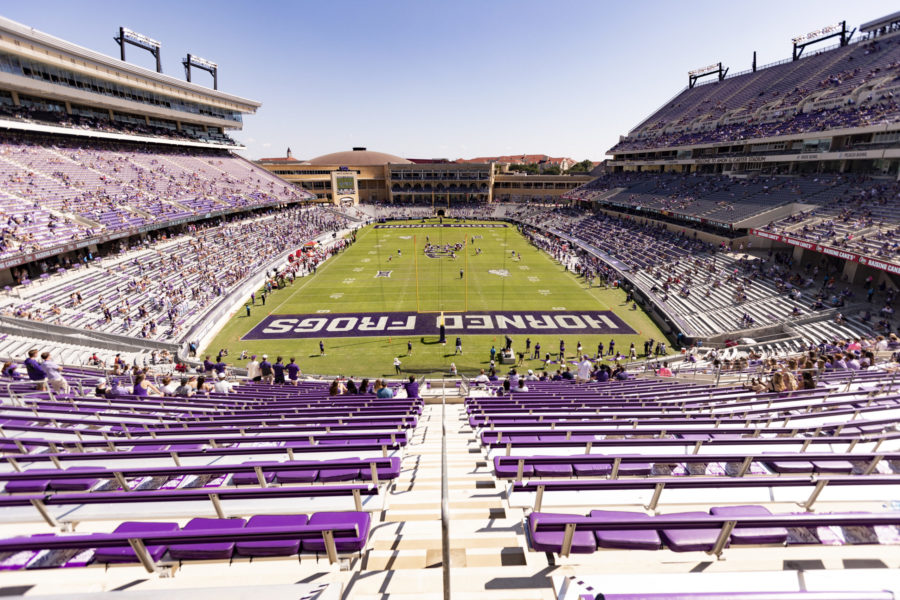North Texans may be getting a new and faster way to navigate the Dallas-Fort Worth area.
The North Central Texas Council of Governments (NCTCOG) proposed a high-speed rail between Fort Worth and Dallas. Thus, cutting the average commute time from 45 minutes to 20 minutes.
According to the NCTCOG, the DFW area population is projected to grow 57% between 2023 and 2045. It is also expected to experience a 42% growth rate in regional employment.
Dan Lamers, an NCTCOG senior program manager for transportation planning, said DFW is becoming a “mega-region,” including Texas and neighboring states. The region could drive much of the economy in the southern United States.
In response, officials wanted to look into ways of connecting the metro areas within the “mega-region”.
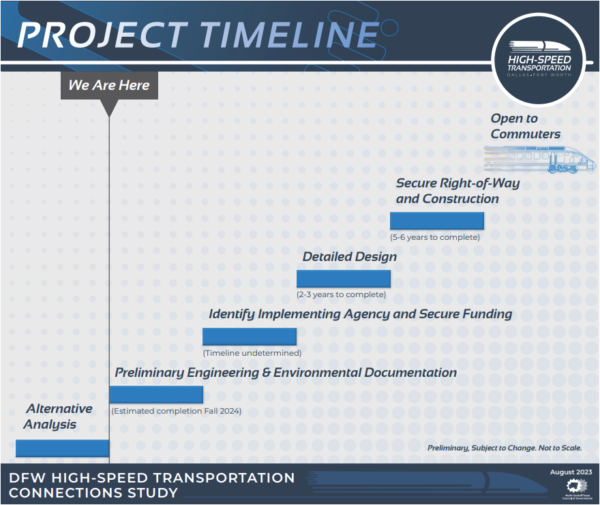
“This means a TCU student from Houston could board the train in Fort Worth and be home in less than two hours without having to change trains,” Lamers said.
According to an August 2023 Open House presentation, the high-speed rail is expected to have a maximum speed of 250 miles per hour and operate on its own track.
The rail line is proposed to be built along the Interstate Highway 30 corridor. This would reduce environmental and community impacts with possible station locations in Fort Worth, Arlington and Dallas, Lamers said.
Federal money is being used to support environmental research. However, private and public funding are possible sources of financing for the railway itself.
An NCTCOG press release noted that in phase one, researchers were looking into the best transportation technology to invest in. While in the project’s current phase, phase two, officials are looking at possible environmental impacts of the railway.
The project is not slated to open for another 10 to 15 years. Once complete, Lamers said passengers could connect to Dallas/Fort Worth International Airport via an automated transportation system through the Arlington station.
Other possible projects include a route from Dallas to Houston and other cities like Austin, San Antonio, Laredo and Waco, Lamers said.

